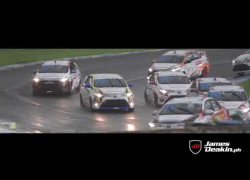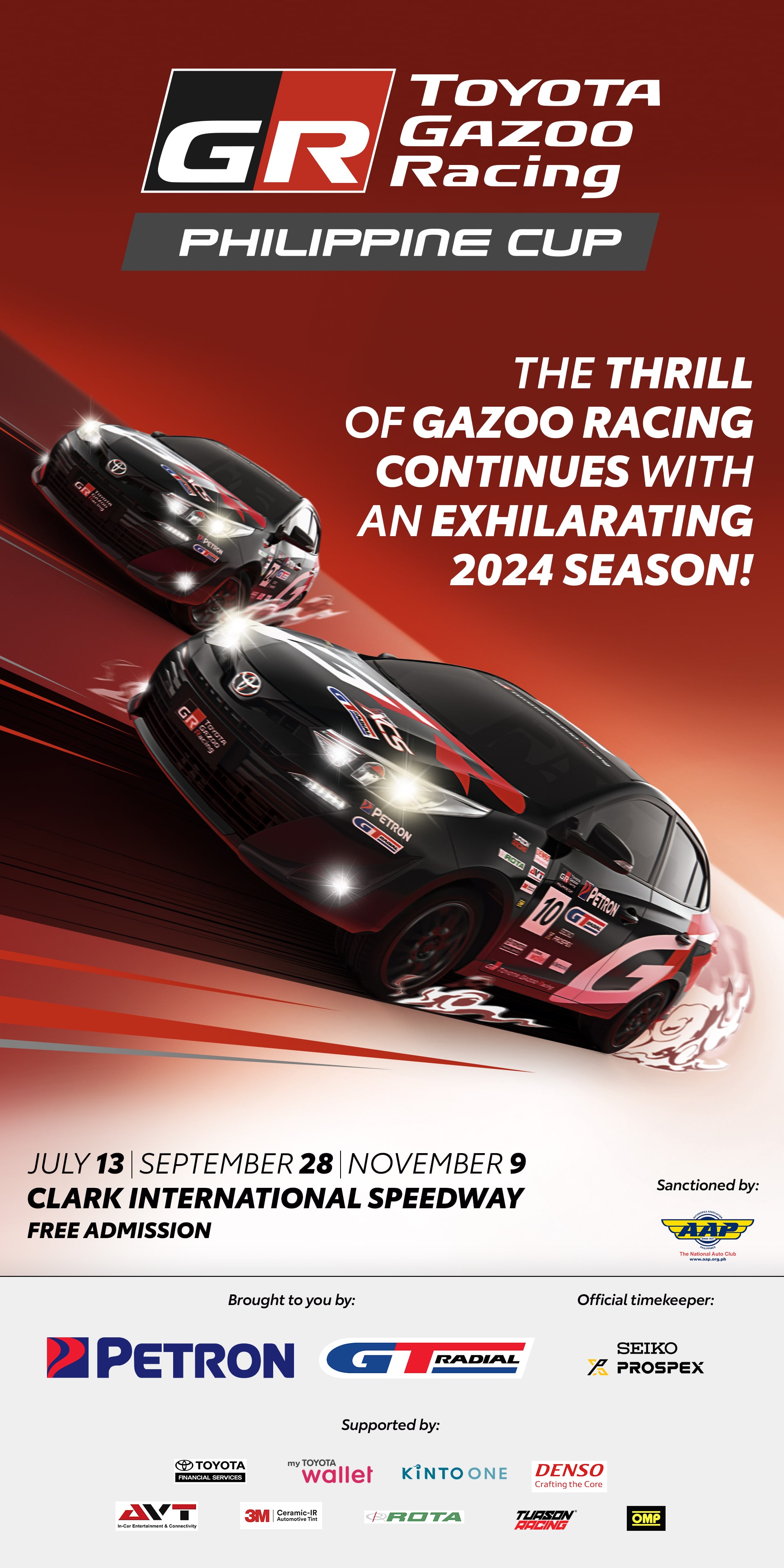I have two theories when it comes to arguing about sport. And neither of them work. Because the act of trying to convince a person to see reason in what is essentially a fundamental belief, is like trying to talk your way out of diabetes. Pointless. After all, you can lead a fan to banter, but can’t force him to think.
So when my editor at the newspaper I hold a column in asked me to come up with a fantasy piece comparing the best drivers of today with their counterparts of yesteryear, the first question that needed to be asked was whether or not our HR department has an ongoing journalist protection program.
You see, when it comes to a particular team, driver, player, whatever, some folks see it as a matter of life and death, which of course is absolutely ridiculous. We all know it is far more important than that. But if you’re willing to open your mind a bit for the sake of a story, let’s have a little fun with this, shall we?
There are countless combinations to choose here: Schumacher vs Fangio, Stewart vs Hamilton, but for this virtual championship, let’s start with Alonso vs Senna.
Regardless of what cap you wear, I think we can all agree that Alonso is the best driver at the moment. No disrespect to Vettel fans, but you can never judge a captain in calm waters. And, for reasons that require a lot more column inches than we can spare, Vettel has had pretty much that for over three years now.
Alonso, on the other hand, has been given a shopping trolley by comparison and yet has still managed to come within a whisker of winning the championship two out of those three years. With the exception of 2011, Alonso fought all the way up to the last lap of the last race, and in every season (Grosjean incidents not withstanding) had the consistency of peanut butter––and not the crunchy one, either.
So, if we could wind back the clock and put them in the same equipment at the same time, how would he fair against a legend like Ayrton Senna?
The only way to get anything resembling an answer would be to ask those who know both, so I sat down with former Ferrari driver and Italian TV F1 commentator, Ivan Capelli, and asked his own thoughts, considering he drove against Senna in his prime, both in karting and in F1, and has covered every lap of Alonso’s F1 career as a commentator since his days in Minardi.
“Senna was something special. You could see that in the way he drove the turbo cars. He was in a completely different level to anyone else. Same goes for Alonso. We haven’t seen him in a dominant car yet, but how he deals with an imperfect car is nothing short of genius.”
Senna will always go down in history as one of the, if not the, greatest driver of all. But if there was a chink in Senna’s Armor, it was his temper––something that Alonso has mastered to control. He fights his opponents just as cerebrally as the Brazilian, but without the theatrics, making him a harder card to read. Senna went for complete intimidation; it was an arrogance that had served him well, but there were days when his ego was writing checks some of his actions couldn’t cash.
Take Suzuka, 1993. Senna may have won the race, but he ended up punching Eddie Irvine in the face for un-lapping himself. Some may argue that he was in the right, but the punch cost him a 2 race ban––something that did a hell of a lot more damage than a right hook. Somehow you just can’t picture Alonso doing that, even to someone like Grosjean who has the spacial awareness of the proverbial bull in a china shop.
Ironically, one of Senna’s greatest strengths was also his biggest weakness––which was a paralyzing fear of losing. Alonso is equally allergic to the thought of losing, but has managed to approach it in a far more realistic and methodical manner by extracting the maximum from every race––even if that is just a 6th or an 8th, and always minimizes the damage on a bad weekend.
This is something Senna had trouble with. He would go for the win all the time; it was almost an all or nothing approach at times that would see him win races he had no business scoring points in, or get tangled up with the odd back marker or barrier while doing it. Impressive, sure. But while it makes for a great movie, even Ayrton’s nephew Bruno (although still taking his uncle’s side as the better driver) explains that in reality, Alonso’s style is the more intelligent approach to a championship.
“The sobering reality of racing is that you lose more than you win.” The former Williams driver tells me just before his qualifying session at Le Mans this year. “Alonso understands this, which is why he is always there collecting valuable points when he is not in a position to fight for the win. ”
But while Alonso seems to be the more calm and calculating driver, one can definitely make the argument that Senna had to work harder for his championships based solely on the fact that Alonso, with the exception of his pairing with Hamilton in 2007 at Mclaren, has always had the benefit of a number 2 driver to either back him up or stay out of his way.
This can never be underestimated, and the effects are almost impossible to quantify, but it would probably be completely fair to say that Senna’s immense rivalry with Prost cost him a a championship or two. So the question is, would Alonso have still secured two world championships if he had to battle Schumacher in the Ferrari as well as a team mate like Hamilton in Renault?
Then there’s the equipment. Many feel that driving was much purer back in Senna’s time and that a modern day Grand Prix driver has it a lot easier. But Capelli disagrees. “Today’s cars come with a fifteen page manual on how to operate the buttons on the steering wheel!” He points out. “Someone like Alonso has a lot more to deal with in the car to be quick. For example, as his car collects the Kinetic energy under braking to recharge his KERS, it robs the engine braking off the rear wheels a bit, forcing him to adjust the brake balance on certain corners manually to compensate. He could be doing this sometimes mid corner, all while adjusting the diff settings, fuel mixture, DRS, aero, etc. In my time, we just had to know how to start the car, turn the steering wheel, put our foot down and drive.”
But as simple as Capelli puts it, in contrast, while an eighties Grand Prix car is devoid of such gimmickry, the driver is forced to make his own gear changes manually using a stick shift and foot clutch, and in some cases, use the heel and toe technique to match the revs in the downshift. All while facing a very real possibility of paying the ultimate price if you get anything wrong.
So, it comes back down to that difficult question. Who would have fared better in equal machinery? Obviously if Alonso was to drive against Senna in a ’93 Mclaren, Senna would win. If Senna had to compete with Alonso in a 2013 Ferrari, Alonso would own him. So the fairest thing would be to put them in a go kart, which is where I now throw the question to you––who do you think would win that championship?
*as published in the Philippine STAR’s motoring section



